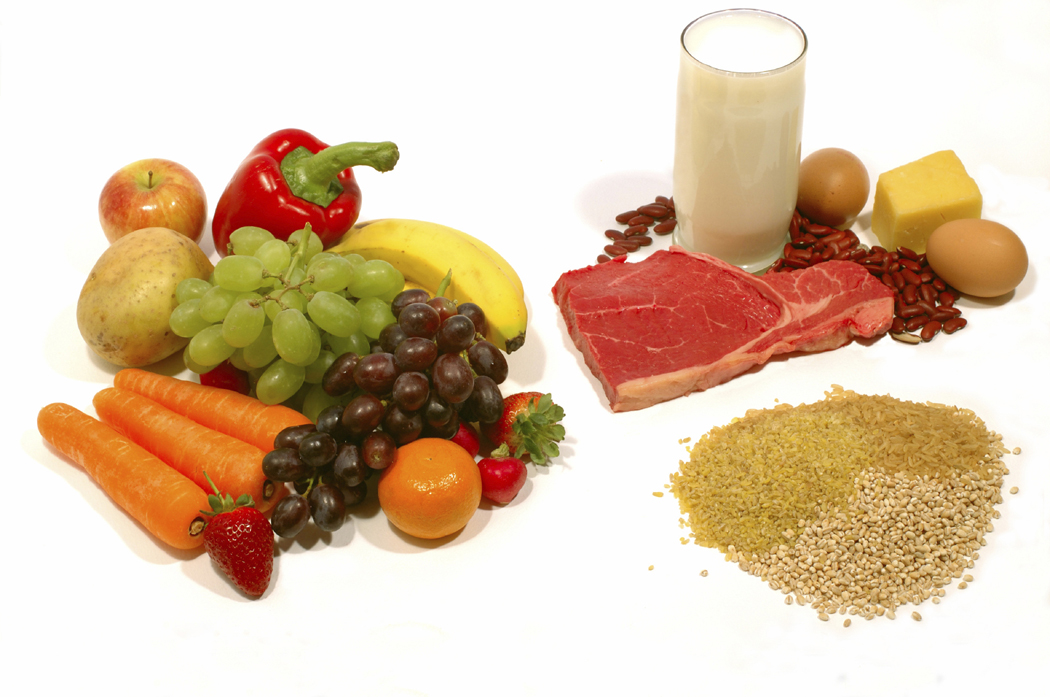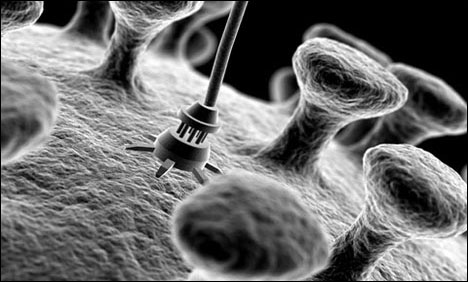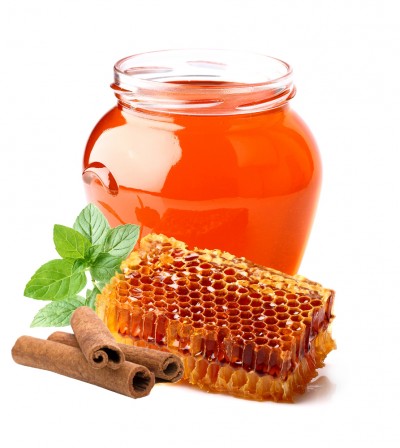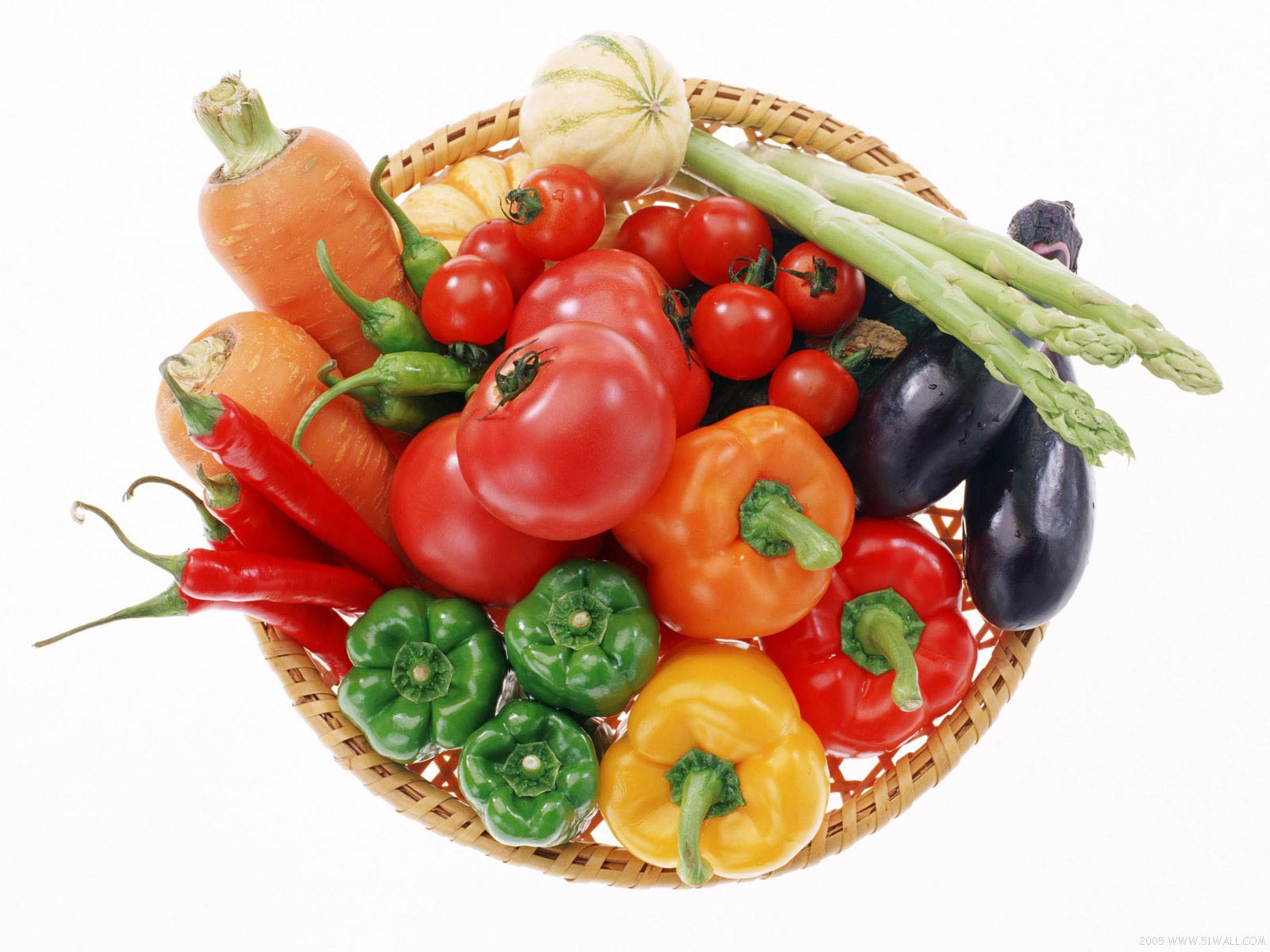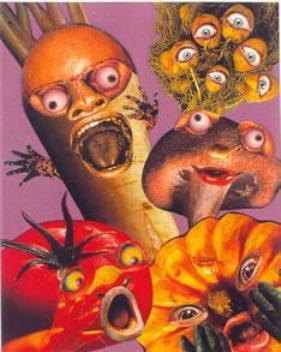
by Sally Fallon and Mary G. Enig, PhD http://www.westonaprice.org/foodfeatures/butter.html When the fabricated food folks and apologists for the corporate farm realized that they couldn”t block America”s growing interest in diet and nutrition, a movement that would ultimately put an end to America”s biggest and most monopolistic industries, they infiltrated the movement and put a few sinister twists on information going out to the public. Item number one in the disinformation campaign was the assertion that naturally saturated fats from animal sources are the root cause of the current heart disease and cancer plague. Butter bore the brunt of the attack, and was accused of terrible crimes. The Diet Dictocrats told us that it was better to switch to polyunsaturated margarine and most Americans did. Butter […] Read More

